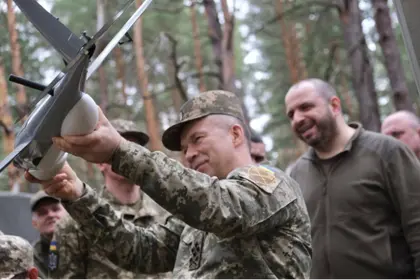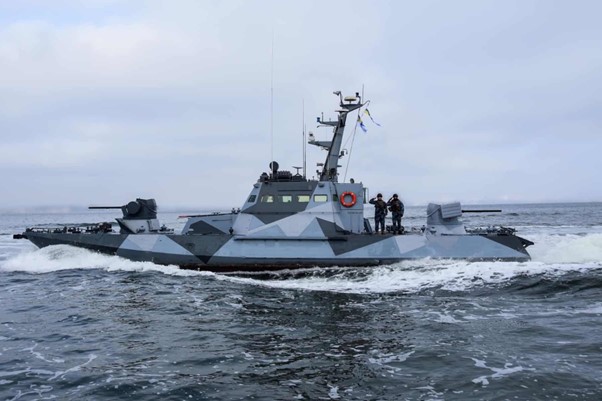Ukraine’s strategy of military counterpunching and making the Kremlin pay in blood for every meter gained seems to have become less crisis management, and more the basic structure of the Syrsky plan.
An ethnic Russian with a background in artillery, and old enough (59) to have fought in Afghanistan for the Soviet Union back in the 1980s, General Oleksander Syrsky on Feb. 8 took over the Armed Forces of Ukraine (AFU) under siege. He replaced Valery Zaluzhny, a general popular with troops and the public.
JOIN US ON TELEGRAM
Follow our coverage of the war on the @Kyivpost_official.
Artillery ammunition had run catastrophically short. Russia had total air superiority. Defeat was staring Syrsky in the face, particularly, in the battleground city of Avdiivka, where battered Ukrainian troops struggled to hold positions against relentless Russian attacks.
At the same time, relations between the AFU leadership and President Volodymyr Zelensky had, if not broken down, been badly damaged by news reports that Zaluzhny was possibly considering a run for the Presidency. For the past year, Zelensky’s office had been bypassing Zaluzhny and issuing orders to about half the forces the AFU had in the field.
Fast forward 85 days and Oleksander Syrsky has already made some military history. He commands the first military, ever, that is not just waging a conventional ground war with drones – rather than tanks or artillery or bombs – but also a fighting organization that has turned robot aircraft carrying explosives into the main weapon used to kill and wound the enemy and destroy his equipment. In past major wars artillery and mortar shells have dominated the battlefield and have typically been responsible for 80-90 percent of losses.

Ukraine’s Largest Drone Strike on Russia – How It Happened
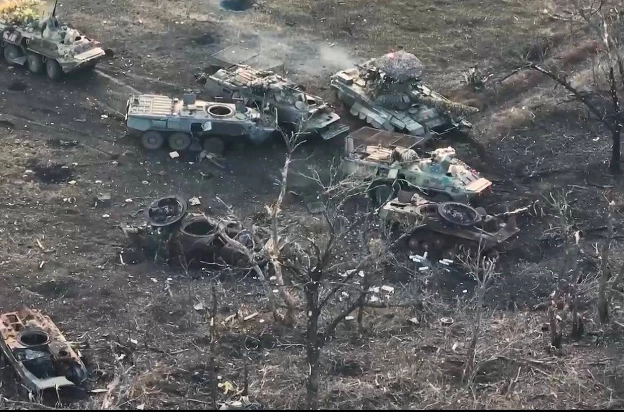
In the first quarter of 2024, according to statements by Syrsky’s command group, first-hand accounts by drone operators to Kyiv Post reporters, and an April 9 article in the Foreign Policy journal, fully two-thirds of the Russian tanks lost to the Kremlin, in recent months, were put out of action by drones. According to Russian POW accounts, every second Russian soldier wounded or killed in combat in Ukraine, at least, was targeted and hit by a Ukrainian drone.
According to Zelensky’s office, Ukrainian engineers and volunteers working in garages and underground factories are assembling an astounding 60-80,000 cheap FPV drones a month. In some veteran AFU brigades like the elite 36th Marines and the Kyiv-raised 3rd Assault, for every two battalions of infantry the formation fields, now a full battalion of drone operators also is in the field.
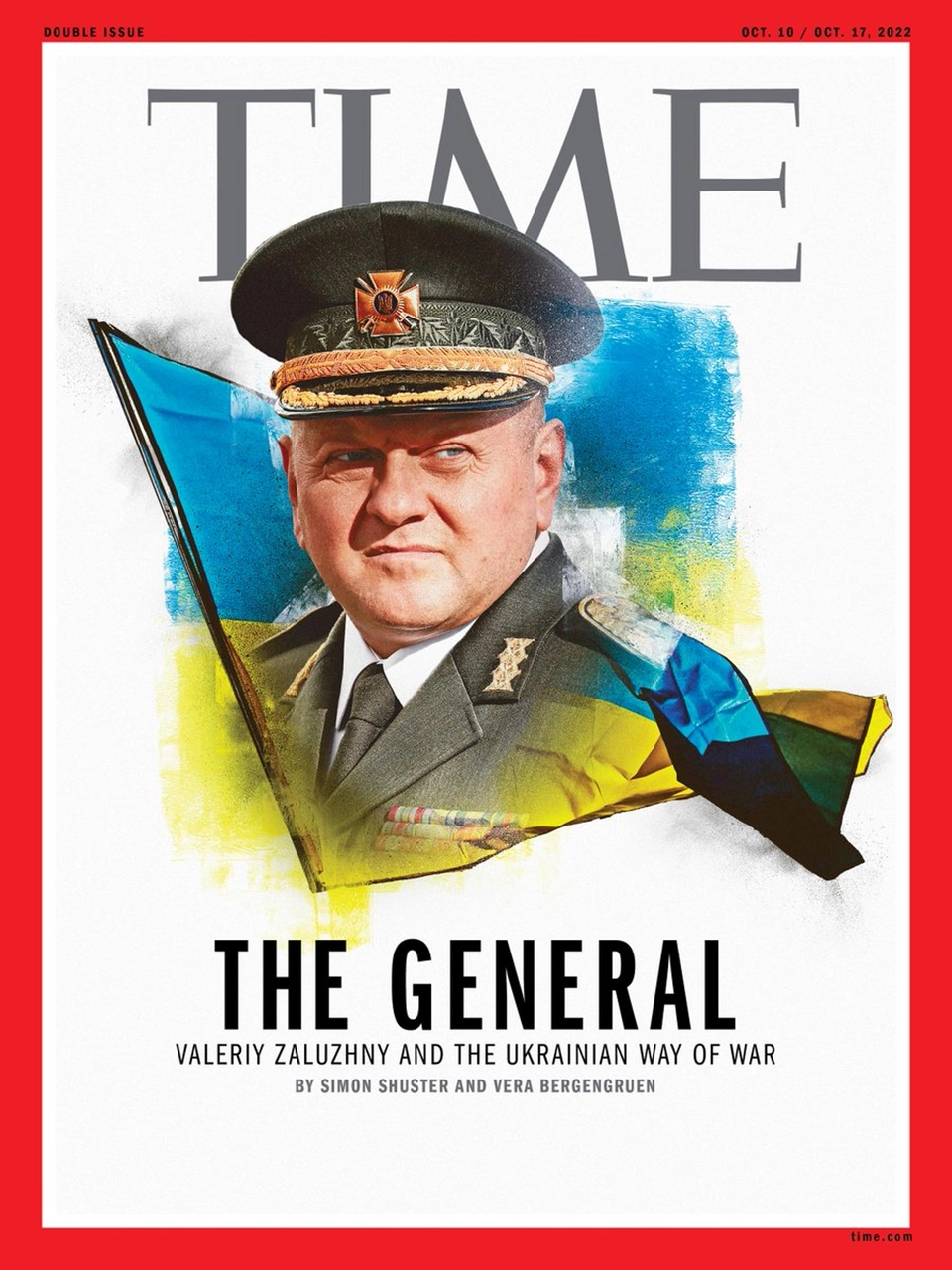
Syrsky in March threw the 3rd Assault into a spoiling attack around Avdiivka to push Russian forces back temporarily and allow another, badly damaged brigade to break contact and avoid encirclement. Then Syrsky pulled the 3rd Brigade back and Russian forces captured the city and declared a victory. The fight was tough, but drone swarms and infantry did the job.
It was one of the first times in nearly nine months the AFU had launched an entire brigade into combat, and then managed to extricate it, to preserve another fighting formation.
Discipline in less well-commanded units has, on Syrsky’s watch, become a staff focus, and sometimes previously untouchable heads have rolled. According to reports first published by the major Ukrainian news magazine Ukrainska Pravda, in early April portions of the 67th Brigade – a unit formed mostly from politically connected fighters from the nationalist Right Sektor group – abandoned positions in the Chasiv Yar sector under heavy Russian pressure.
This posed Syrsky and his staff with a typical AFU command problem: By AFU common practice neither the soldiers nor commanders would be held accountable because they all were patriotic volunteers, and the AFU was chronically short of troops.
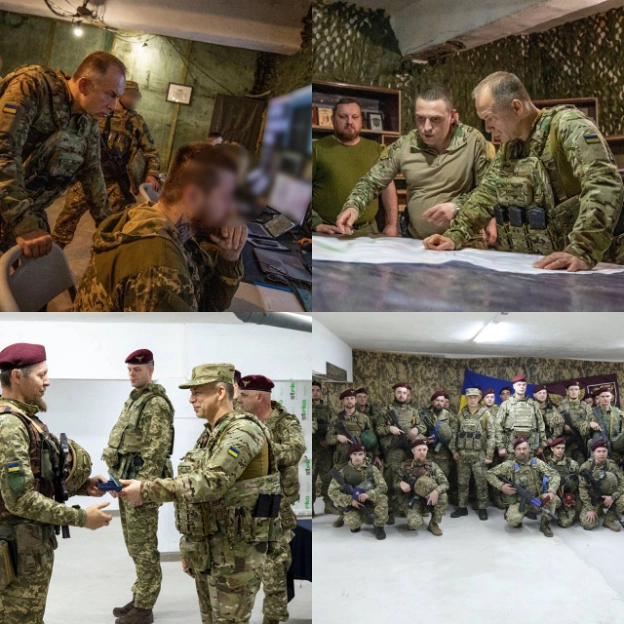
Confronting politically influential volunteers in a way Zaluzhny never did, Syrsky dissolved the brigade without further ado. In peacetime, the decision might have triggered angry protests in the capital. In April 2024, the 67th was stricken from AFU unit rolls and the war went on.
Russian military observers are reporting the AFU they face now seems laser-focused on waiting for the right moment to pile up Russian bodies and cares less about holding ground. The pro-Kremlin milblogger Vault 8 in an April 14 post, citing combat information from the front, wrote:
“The [Ukrainians] leave a position then they start hitting it with everything possible. Between battles, they don’t shoot much at all and that gives the impression they have nothing to shoot with. But if we come out and attack one of their positions everything pours down, from 120mm [mortars] to 155mm [NATO-standard howitzers]. And many FPV drones – from two to four attack each of our soldiers, to get a sure kill. And when the [Ukrainians] observe us trying to pull back, they counterattack immediately, to recover what they lost.”
Syrsky in an extensive March 29 interview with the state Ukrainian news agency Ukrinform said that his goal with maximum drone use is not just to reduce Ukrainian casualties but to cut troop numbers needed on the front lines, and to gain breathing space so soldiers sometimes serving on the front lines for two years can get rest and leave.
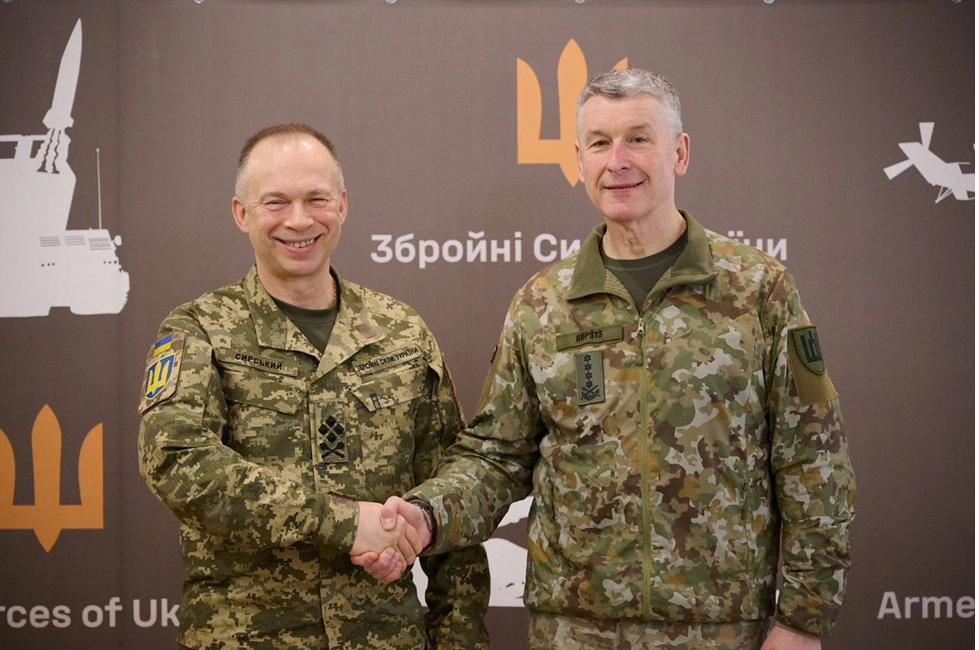
The Russian air threat, although not defeated, has been degraded significantly, Syrsky said in a March 29 interview with the state-run Ukrinform news agency. Taking a calculated risk of placing air defense weapons along the front line at an unexpected site able to attack Russian aircraft paid dividends, AFU missile operators shot down 13 Russian planes in a matter of days including a pair of irreplaceable A-50 AEW&C (airborne early warning and control) surveillance and air command and control planes, he said.
A longer-term goal, Syrsky said, is to change the shape of military planning from something like a fire brigade racing from crisis to crisis, to a professional organization where a chain of command functions and fighting efficiency is the priority. Higher echelons of the AFU will see replacements by combat-experienced officers, he said.
“In some cases, when the commander is not in control of the situation, and the actions and commands directly pose a threat to the life and health of subordinates, I am forced to make personnel decisions,” Syrsky said in part.
In early April comments, Syrsky estimated that Russian artillery firepower is likely to outgun Ukraine’s by six to one for months to come notwithstanding Western commitments to deliver shells. Russian air strikes will continue until Ukraine gets real air defenses or an effective air force of its own. Syrsky said his objective until summer at least is to rebuild the AFU, induct thousands of new soldiers, give veterans a chance to rest and take leave, and train the lot.
In the official policy interview on AFU policy and plans, Syrsky never used the word “victory” – not even once.
Zelensky named Zaluzhny Ukraine’s ambassador to Britain on Monday.
You can also highlight the text and press Ctrl + Enter


